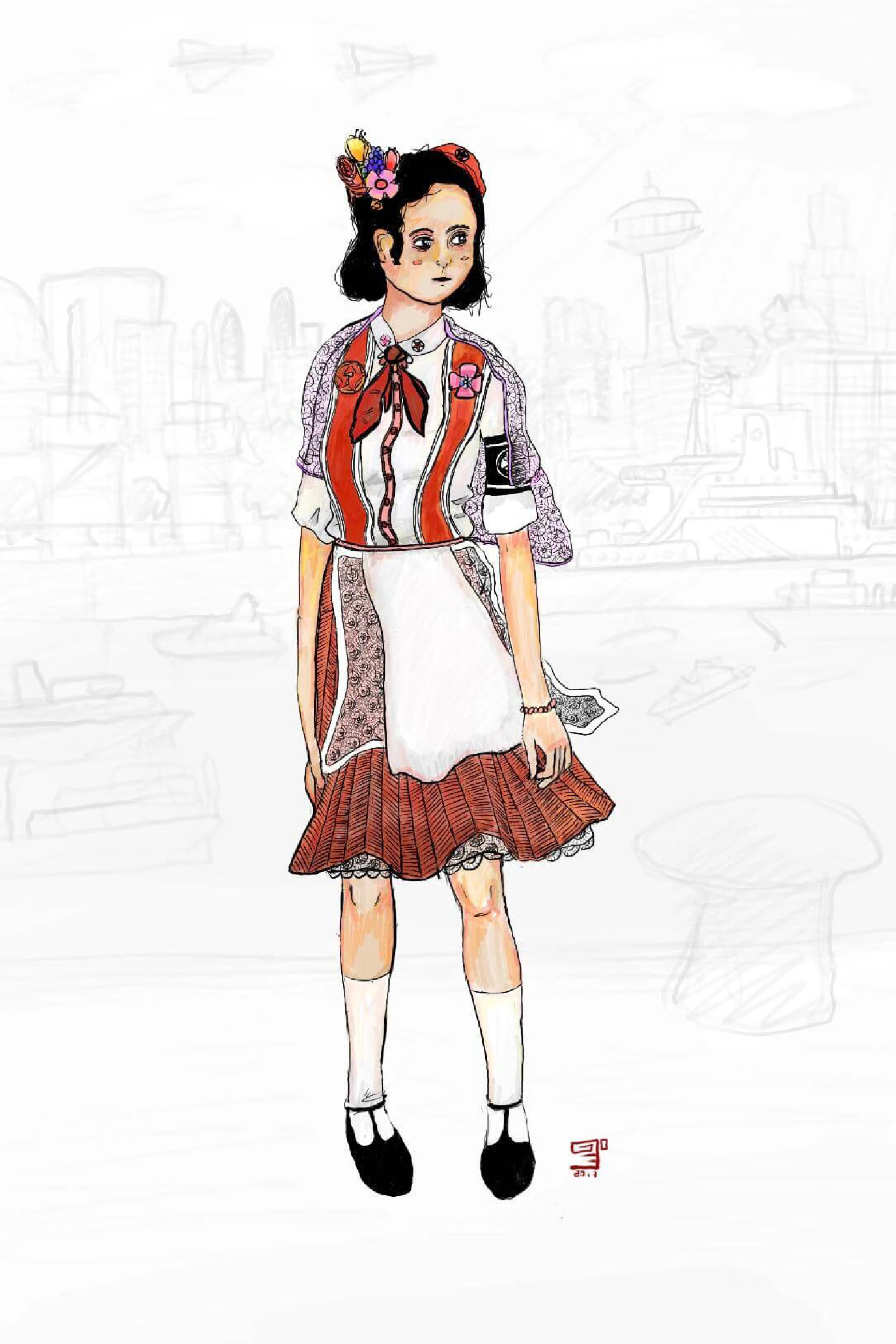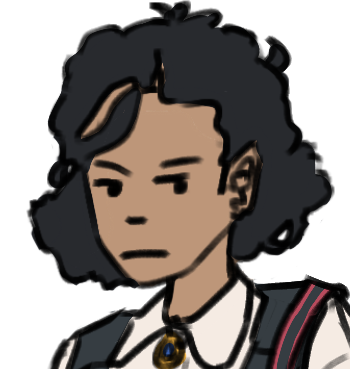NEW Story: Sunday Morning
She stands in the harbour in national dress. Jets fly overhead and a parade passes to mourn the victims of the atomic bombings.

Tzipora, a recent immigrant girl of eleven years, wears the feminine national dress of Vekllei. It is a delicate, traditional and deeply spiritual costume, and is tied to Vekllei’s foundations and aspirations as a state. It has political symbolism, but it also ties the girl to the land she stands on.
Underneath her Lawtsk Ohma (an equivalent phrase might be “Maiden’s Apron, in English, but it loses the emotion of the original phrase; it insinuates youthful innocence and domesticity, industry and love) is a wide lace half-petticoat that sits over her skirt. These are extraordinarily detailed and extremely delicate. Each one is different and is tailored to the girl who wears it, and usually builds its patterns from the girl’s birth month and accompanying festival, demeanour and year of her birth. An entire industry exists to produce these lace garments and Vekllei women are traditionally buried with them.
A recurring symbol is a stylised image of the Eliese Orchid, a four-petal flower that naturally grows in Vekllei and represents the seat of power in the city-state and the blood of the citizenry. On her left side she wears the Industry Roundel Star, a common collectivist symbol. Today she wears a black armband on her left arm in mourning, after the atomic bombings of the Lola and Leh Moleneis prefectures, which killed many thousands of her countrymen.
The year is 2063 and the world is unravelling. Tzipora trusts her country. But she worries for it, too; if Europe falls to the Soviets and China seizes Japan, Vekllei won’t have many friends in the world left.
